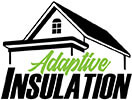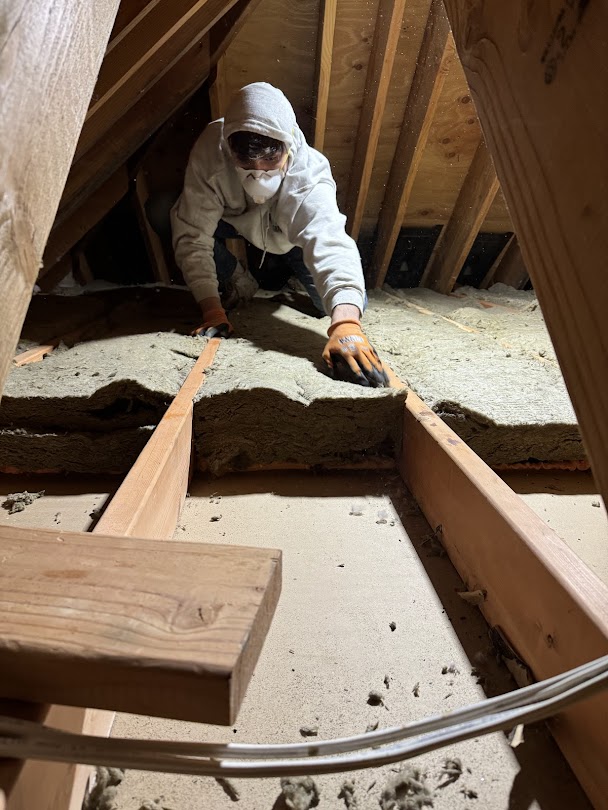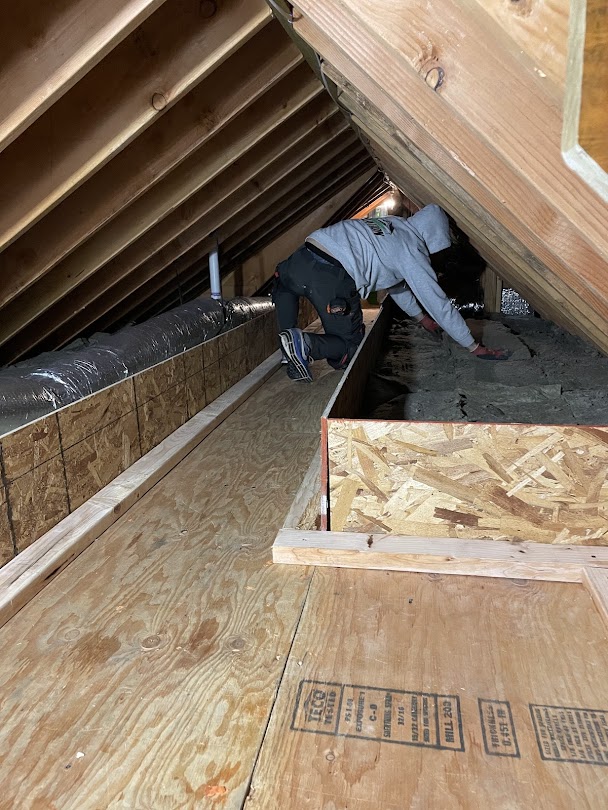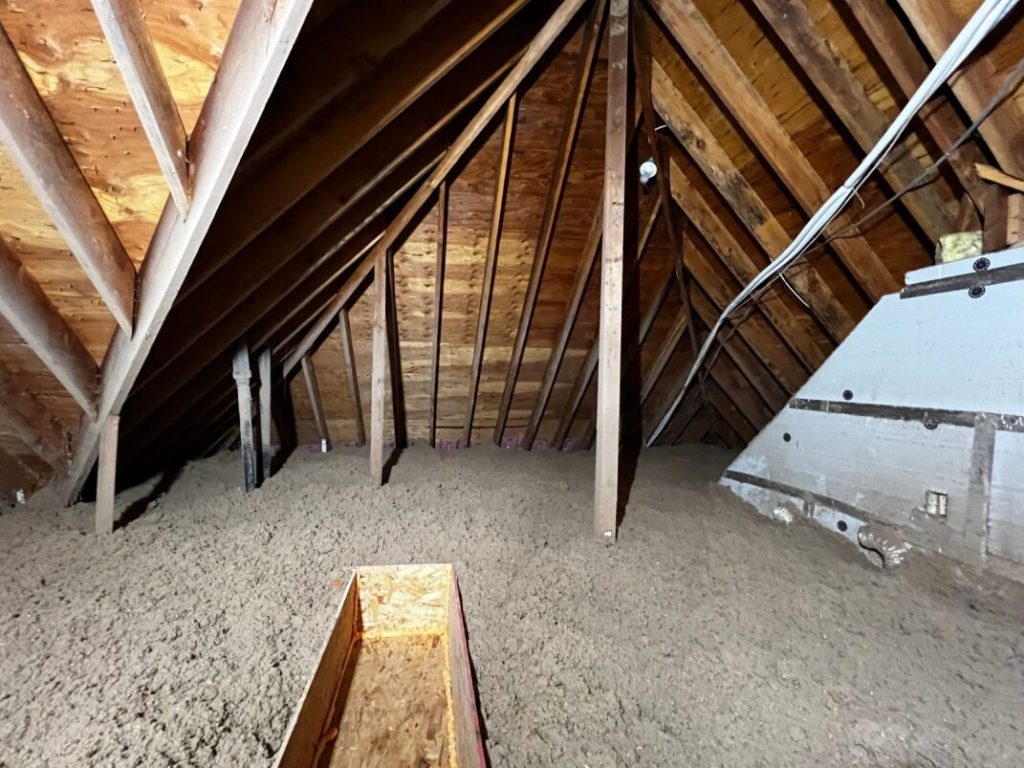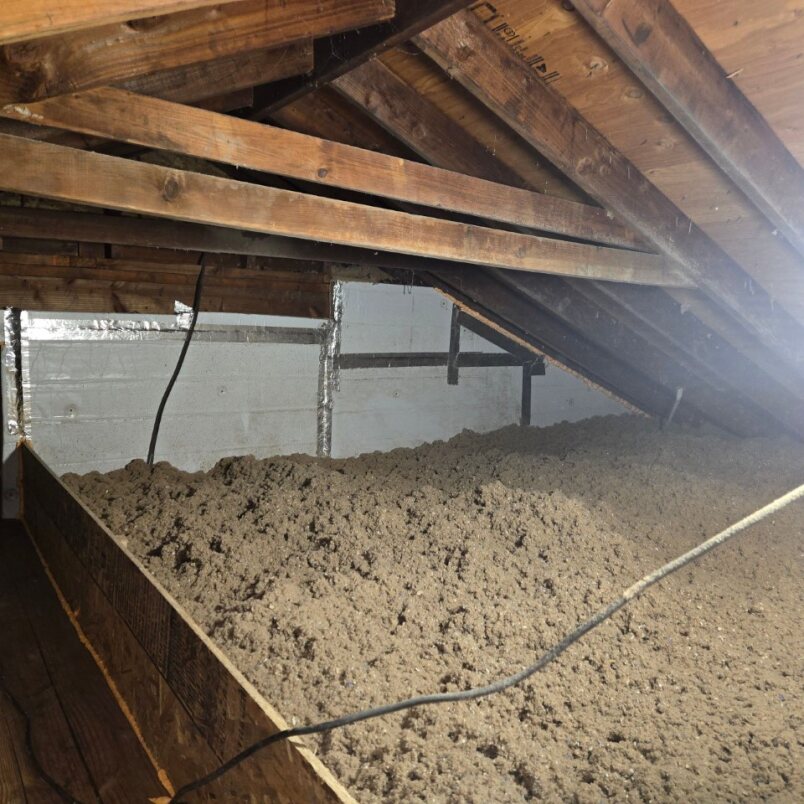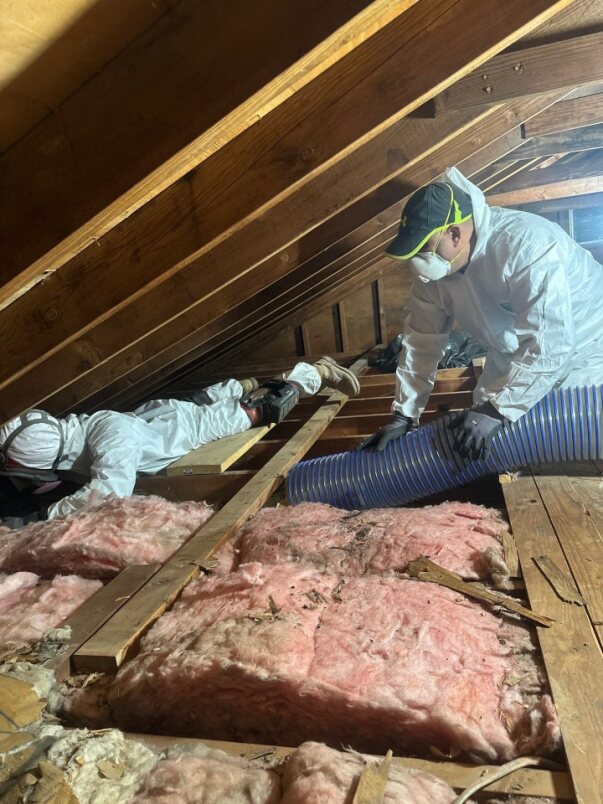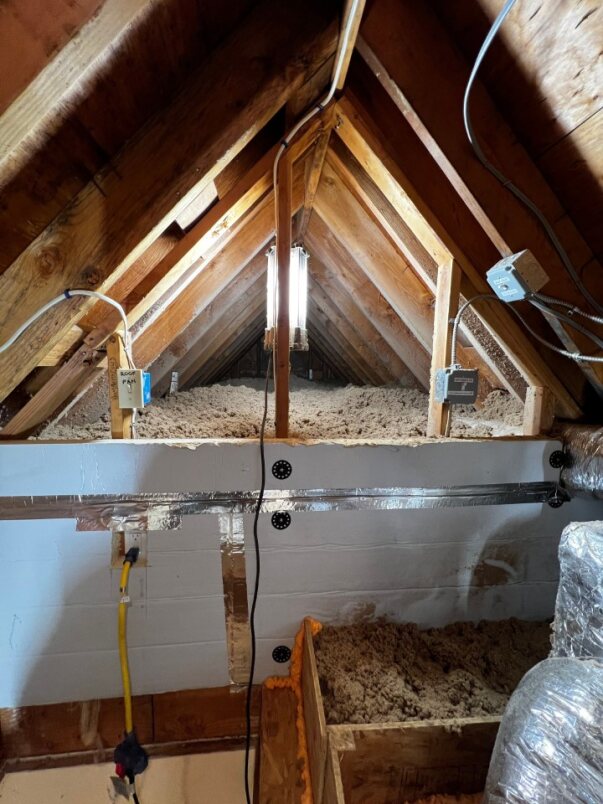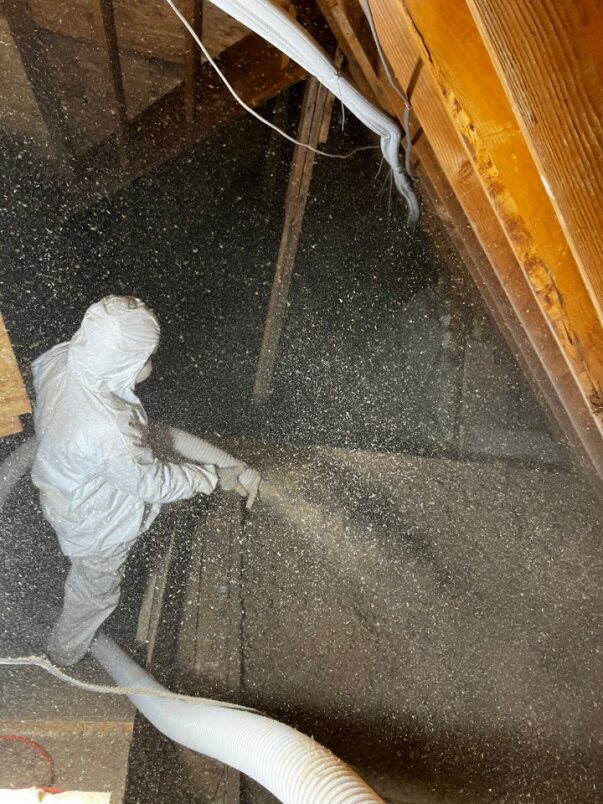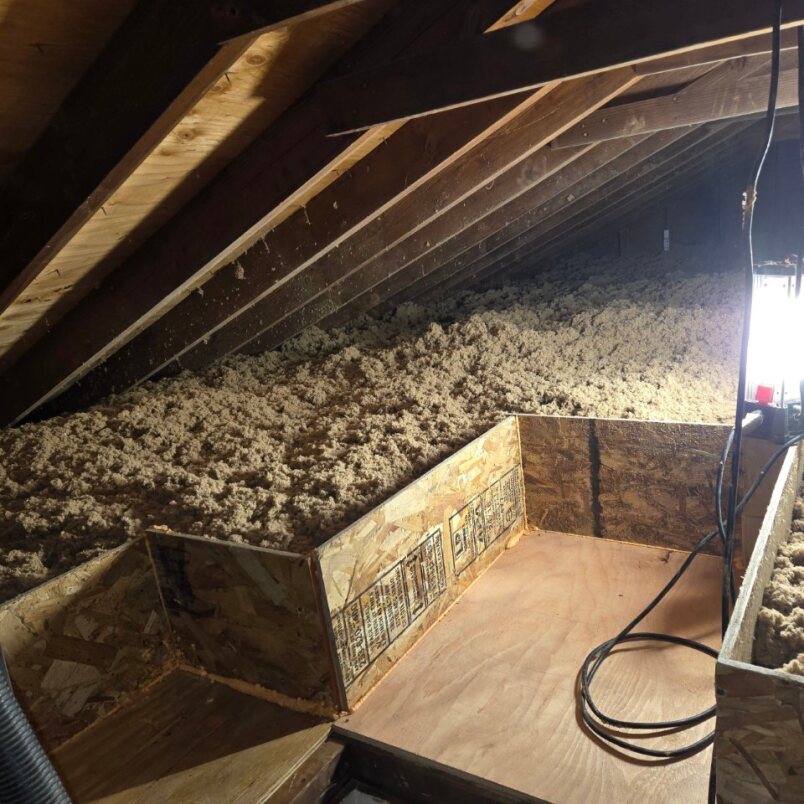Insulation for Attic Spaces
Insulation for Attic Spaces
Make your home a more pleasant place with insulation for attic services.
Request a Free Home Estimate
The Importance of Attic Insulation
Having the best insulation for attic environments is crucial in protecting and maintaining your home, contributing to enhanced air quality, temperature regulation, and a healthy environment.
R-Value
R-value indicates how well heat is retained or stopped from leaving your home. The type and installation method of home attic insulation will significantly impact this value.
Why Does It Matter?
This number matters because it gives insight into the efficiency of temperature regulation. Performance can be maximized based on the information acquired
What Thermal Resistance Rating Does My House Require?
The level necessary depends on the geographic location you live in.
This chart from the U.S. Environmental Protection Agency can help you determine the best rating based on where you live.
What Amount Will I Need?
The amount needed depends on where you live and how old the house is.
Materials Used With Insulation for Attic
Insulation for attic spaces is available in a wide range of materials, with each varying in price, efficiency, and installation difficulty.
Which Insulating Material Works Best?
Consider each property’s size, location, and climate to help you determine what kind of material works best. Reach out to us for expert advice.
Will Home Attic Insulation Cost a Lot?
Cost will depend on the amount needed, the material used, and the size of the property.
It’s important to understand that the long-term savings offset upfront costs. Professional assistance is crucial for selecting and installing the ideal insulator tailored to individual needs. We’ll ensure proper coverage and efficiency for the structure to maximize the investment and achieve the highest ROI possible.
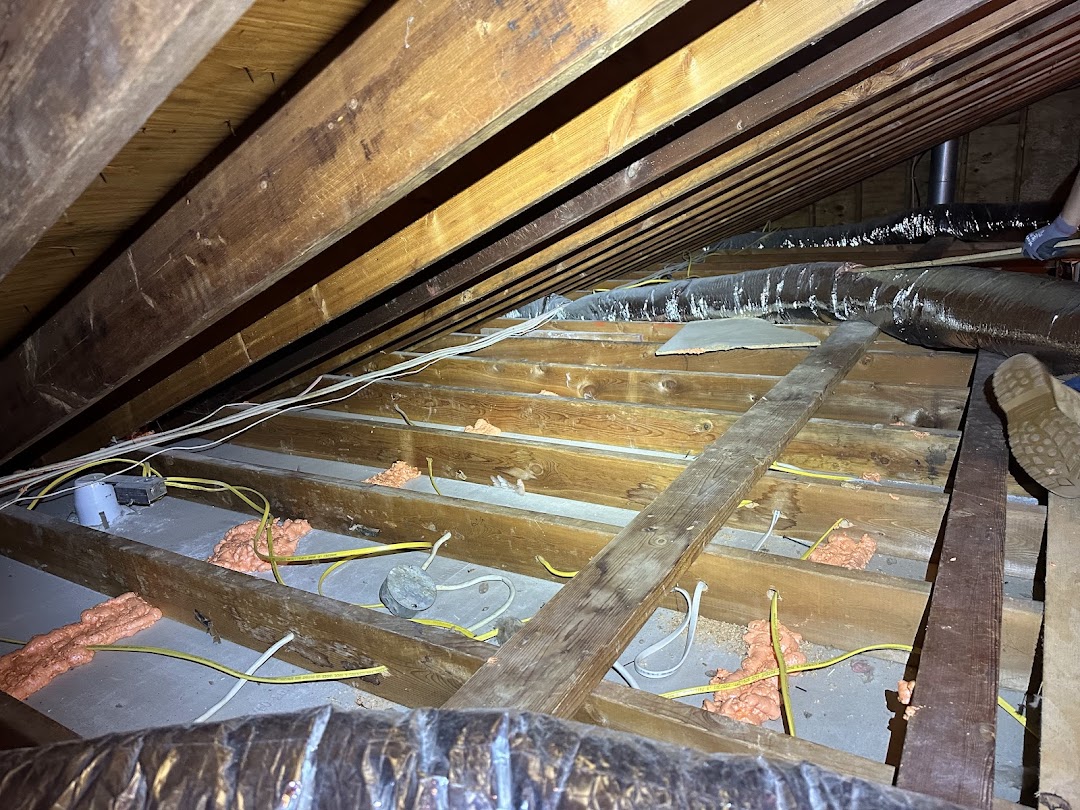
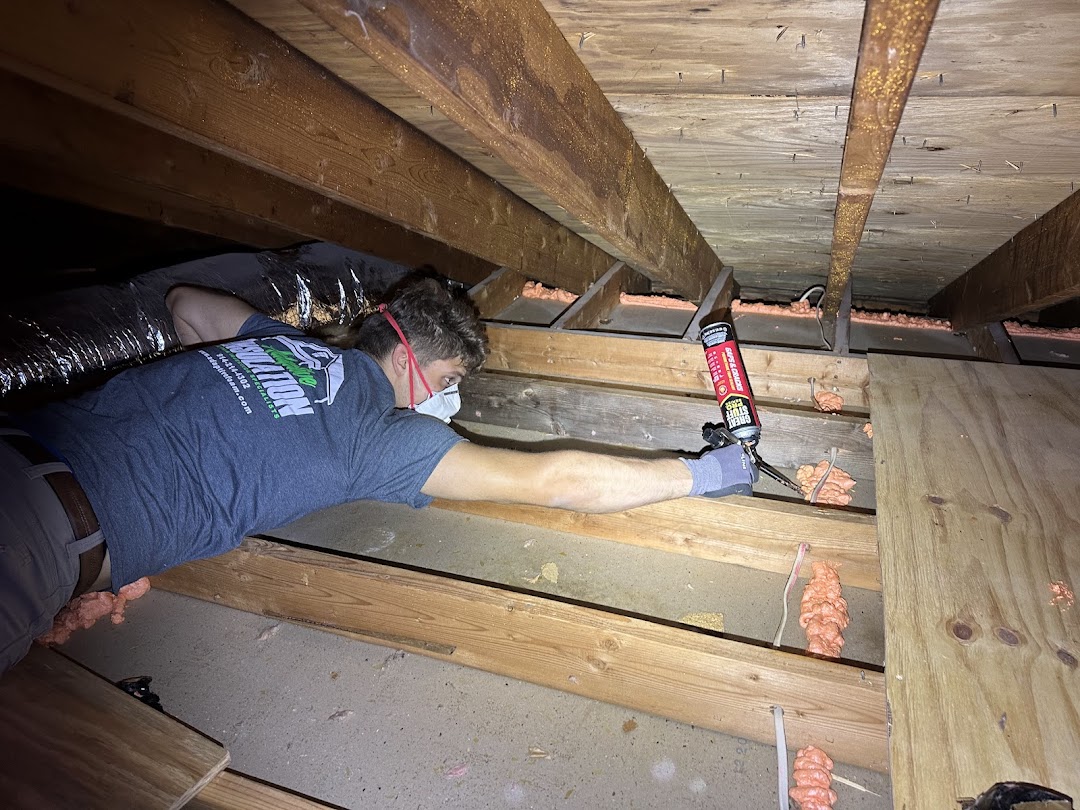
Benefits Gained Offset the Price
Adaptive Insulation is committed to helping homeowners improve their energy efficiency through innovative solutions. By focusing on both air sealing and insulation, they provide a comprehensive approach to home energy performance. Here’s how Adaptive Insulation stands out in the realm of air sealing and insulation:
Energy-Efficient: A high-quality insulator helps regulate temperatures, meaning that your HVAC system doesn’t need to work as hard, and lowers your energy bills in exchange.
Temperature Regulation: Regulating heat transfer contributes to a comfortable home, keeping you warm during cold weather and cool during hot weather.
Enhanced Comfort: With consistent ventilation, you’ll create a comfortable and usable space all year long.
Soundproofing: Block noise from outside, minimizing disturbances and creating a quieter, more peaceful indoor environment.
Improved Health: By preventing outdoor pollutants from entering the structure, owners notice improved purity in their indoor atmosphere, which benefits sleep, health, and productivity.
Moisture Prevention: Seal gaps and cracks to control humidity and prevent moisture buildup.
Environmentally Friendly: Boosted efficiency contributes to energy savings and lowers greenhouse gas emissions, creating a healthier environment.
Increased Property Value: Achieving maximum energy efficiency makes the property more attractive to buyers and enhances its property value.
Pest Prevention: Strong insulation for attic areas creates a barrier that blocks out pests and animals from entering the structure, preventing unsanitary conditions.
Fire Resistance: Many types of insulating materials are fire-resistant and can help slow the spread of flames in case of a fire.
Get a Personalized Estimate
Create a safer and comfortable home through insulation for attic rooms! Call us at (914) 214-4302 to get a customized estimate!
